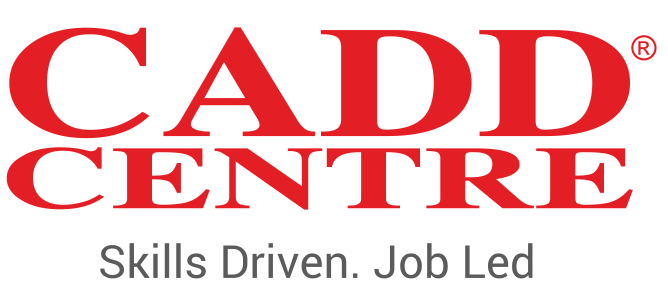AutoCAD module will teach the students to handle the software with the basic tools and they will learn how to plan and draft 2D drawings, which will then advance up to the 3D designs level.
AutoCAD Civil 3D AutoDesk Civil 3D software is a civil engineering design and documentation solution that supports Building Information Modeling workflows. It is used for, drafting in 3D Space, documentation, analysis, defining workflows, surveying, and mapping of civil projects in the likes of corridor design, pressure pipe networks, gravity pipe networks, grading, parcel design, bridge modeling, geotechnical modeling, and rail track layout Analysis etc.
Microsoft Project is a Project Management software that is developed by Microsoft to assist Project Managers to develop Project Plans, assigning resources to tasks, tracking project progress and optimizing workflows
Project Management Concepts introduces the student about much needed knowledge on the main strategic project management concepts
The AutoCAD Module Contains:
- Drawing Entities
- Modifying Commands
- Annotating Drawings (Text & Dimensioning)
- Parametric Drawing (Using Dimensional & Geometrical Constraints)
- Using Layers to Effectively Organize the Drawing Entities
- Assigning Object Properties Through Layers
- Hatching Utilities
- Using Blocks, Tool Palettes & Design Centre
- Increasing Productivity by the Use of Dynamic Blocks Attributed Blocks, External
- References, OLE, Etc.
- Preparing & Managing Layouts
- Creating & Using Title Blocks, Templates
- Plotting with Plot Styles
- 3D Modelling (Wireframe Models, Surface Models & Solid Models)
- Use of Improved User Interface Features (Workspaces & Dashboard)
- Solid Free-Form Design (Mesh Editing)
- Generating 2D Drawings from the 3D Model
- Producing Photo Realistic Perspective Images with Materials & Lighting
- Setting 3D Views & Creating Motion Path Animations
Autodesk Civil 3D Module Contains
- How to use points in land development projects to identify existing ground locations and design elements.
- How to use points, point files, DEM data, existing AutoCAD objects, contours, break lines, and boundaries to create new surfaces.
- How to use civil 3D corridor modeling to create flexible and configurable 3D models of corridors, such as highways and railways.
- How to use grading tools and commands to design finished ground surfaces.
- How to represent real estate parcels, such as lots in a subdivision and other features with closed boundaries, such as bodies of water and soil regions.
- How to create and define the horizontal alignment for roadways and site design.
- How to use profiles to show surface elevations along a horizontal alignment.
- How to use cross sections to provide views of the terrain cut at angles across linear features.
- How to use the pipe network features to draw 2D and 3D models of utility systems, such as storm sewers, sanitary sewers.
- How to annotate Civil 3D objects with labels that update dynamically when the drawing objects change.
- How to insert tables into a drawing to document the geometry of selected objects.
- How to use Civil 3D plan production tools to quickly create construction documents from drawings. (Project should be submitted at the end of the course)
MS Project Module
- Set Project Working Time (Calendars)
- Define Activities, Sequence & Estimate Durations
- Develop a Schedule Plan & Control, Network Analysis & CPM (Critical Path Method)
- PERT- Program Evaluation Review Technique, PDM – Precedence Diagramming Method
- Prepare a Work Breakdown Structure
- Resource Planning & Cost Estimation
- Preparing Resources, Allocation of Material & Work Resources, Resource Work Contours & Resources Levelling
- Define Constraints in a Project
- Identify the Risks Involved in a Project
- Methods of Developing Different Types of Reports According to the Industrials Needs
- Scheduling Multiple Projects
Project Management Module
- Project Management Knowledge Areas
- Scope Management
- Time Management
- Cost Management
- Quality Management
- Procurement Management
- Human Resource Management
- Communications Management
- Risk Management
- Integrations Management

